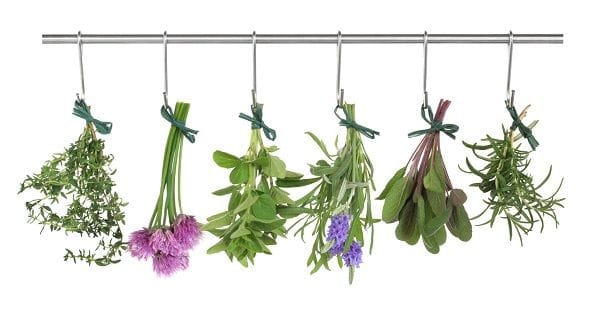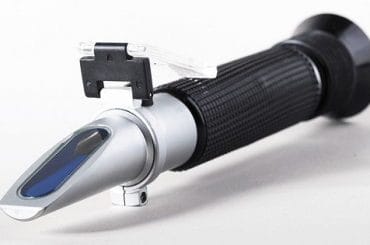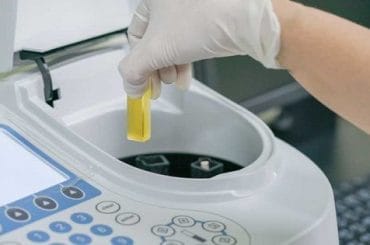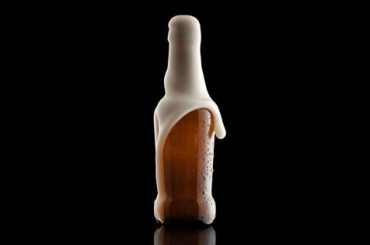This post is also available in:
Español
Português
Nowadays, hops are a primary ingredient in beer brewing, but this wasn’t always the case. Throughout history, they were just one of many different herbs and spices used to flavor and preserve beer.

Hops gained popularity because of their versatility—they can be used for bitterness, flavor, or aroma, depending on when they’re added to the boil—and they also help preserve the finished beer.
Contenido
Use of Herbs and Spices
Although hops have been used in beer brewing for thousands of years, they weren’t common in European beers until the time of Charlemagne (around 800 AD) and didn’t appear in English beers until the 1300s.
In fact, the term “ale” originally referred only to beer brewed without hops.
King Henry VIII of England even banned the use of hops to protect the revenue from more lucrative brewing ingredients like spices and other herbs.
But even without laws, the English preferred their traditional bittering herbs, such as in an old spiced herbal dark ale recipe called “Mum.”
These herbs were often added as a “beer slurry,” a mixture of herbs like burnet, betony, thyme, marjoram, elderflowers, rosemary, sage, chamomile, and mint.
Typically, the herbs were added to the barrel after fermentation was complete, much like dry hopping today. Sometimes, the herbs were steeped in the beer just before drinking.
Herbal beer is an ancient craft now being rediscovered by many brewers, though it wasn’t long ago that plant-based beers were still common and popular.
According to Michael Jackson’s book, “Beer Companion,” many major British breweries stopped using ginger and licorice in ales just 60 years ago.
The Belgians, on the other hand, never abandoned herbs as a key ingredient in their illustrious beers—a regional tradition dating back hundreds of years.
Many common herbs are available fresh or dried, whether in supermarkets, homebrewing supply stores, or health food shops.
However, some herbs are harder to find. For some, the only option is to buy seeds and grow the plants yourself.
Dried and fresh herbs have different characteristics, and it’s useful to be able to use both in brewing.
There’s no doubt that homegrown herbs—even if dried—will be better, fresher, and more aromatic than anything you can buy.
Our English Mumme brewers use Sassafras and Ginger, Walnut Hulls, Elecampane Root, Watercress, Betony, Marjoram, Mother of Thyme, Pennyroyal, a handful each; of Blessed Thistle a handful, of Barberries bruised half an ounce, of Cardamoms bruised an ounce and a half. All these are to be put in when the liquor has wrought a while…
The Receipt Book, by John Nott, 1723
Aroma and Flavor Characteristics
Herbs used in brewing have distinct characteristics, just like different hop varieties.
Most herbs traditionally associated with brewing are bitter. Others are more flavorful or aromatic.
Which herb to use and when depends on its qualities and the type of beer you want to brew.
Some herbs serve multiple purposes, though none are as versatile as hops. Beer with no hop character at all is an acquired taste.
Typically, at least 14 grams of hops are added per 20-liter batch, even for heavily herbal beers.
Bittering Herbs and Spices
Bitter herbs include horehound, sage, dandelion, St. John’s wort, milk thistle, nettle, yarrow, gentian, Roman sage, and betony.
They’re added at the beginning of the boil, either alongside or instead of bittering hops.
The bitterness they impart doesn’t necessarily resemble hop bitterness, and some may add unusual or medicinal flavors.
So it’s best to start slow, using half the amount of dried herbs compared to fresh ones. Roots are the exception—they should always be dried before use.
Flavoring Herbs and Spices
Herbs that can be used for flavoring include juniper, pine, rosemary, hyssop, borage, ginger, oregano, mints, wild bergamot, lemon balm, sweet woodruff, marjoram, elecampane, licorice, and thyme.
Most of these are strong-flavored, so unlike aromatic hops, they should be added near the start of the boil.
More delicate herbs, like borage and lemon balm, can be added in the last 15 minutes.
Some flavoring herbs also have potent aromas and serve a dual purpose when added to beer.
Aromatic Herbs and Spices
Rosemary, hyssop, lavender, chamomile, lemon balm, bergamot, elderflowers, and many other herbs can be used to add aroma to beer.
They should only be added dried in the last few minutes of the boil, just like aroma hops.
Any aromatic herb can also be used for dry hopping—rosemary, for example, is wonderfully fragrant and a great choice for this.
A few sprigs added to the fermenter for a few days or a week before bottling will give the beer a delicate piney aroma.
Elderflowers are excellent for dry hopping in mead as well as beer.
Loose dried herbs can be placed in a dry-hopping bag to prevent them from dispersing into the beer.
Don’t worry about infecting your beer with dried herbs—the microorganisms living on them can’t survive in the acidic, alcoholic environment of finished beer.
No se encontraron productos.







